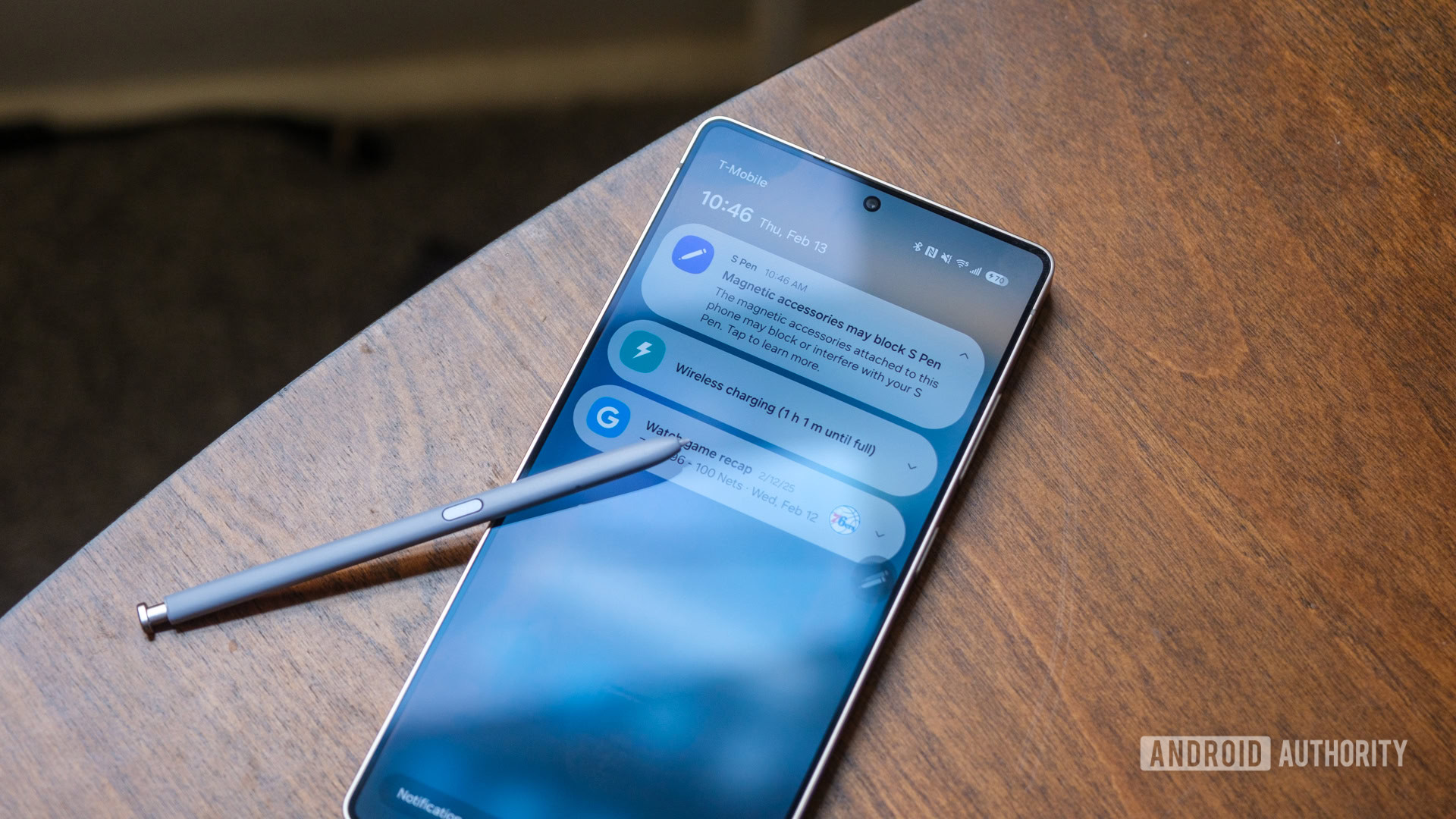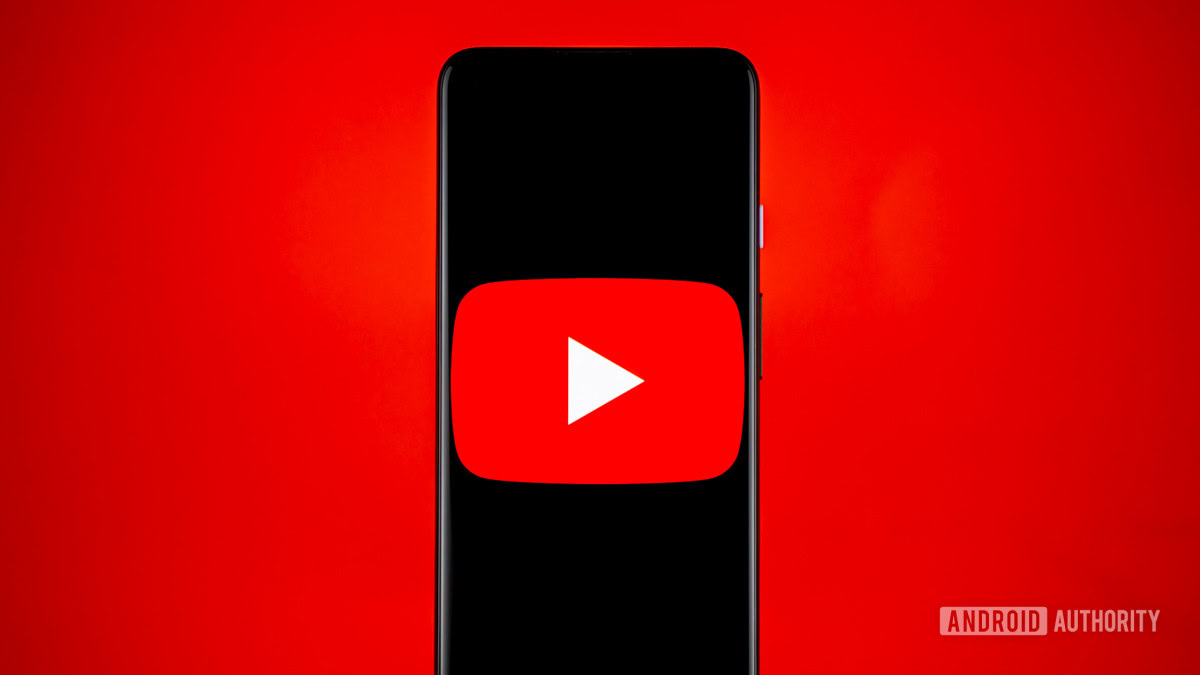Yes, the title of this article sounds pretty crazy.But not only is it entirely possible through the lens of physics, but it is also practical to achieve in the real world using affordable parts.Jon Bumstead pulled it off with an Arduino, a photoresistor, and an inexpensive portable projector.
Today’s digital camera sensors are the result of a fairly linear progression from a camera obscura up through film cameras.The light from the scene enters through a lens that focuses all of that light on the 2D plane at the same time.The digital “sensor” is actually a whole grid of tiny sensors that each measure the light they receive.
The camera records those values and reconstructing them gives you a digital image.Bumstead’s “camera” works differently and only records a single point of light at a time.The entire camera is actually just an Arduino Mega 2560 (an UNO also works) with a photoresistor.
The photoresistor provides a single analog light measurement and the Arduino reads that measurement, assigns a digital value, and passes the data to a PC.Here’s the cool part: by only illuminating one point of the scene at a time, the camera can record each “pixel” in sequence.Those pixel values can then be reconstructed into an image.
In this case, Bumstead used a portable video projector to provide the illumination.It scans the illumination point across the scene as the Arduino collects data from the photoresistor.Bumstead also experimented with more complex techniques that rely on projected patterns and a lot of very fancy math to achieve similar results.
Finally, Bumstead showed that this also works when the photoresistor doesn’t have line-of-sight to the scene.In that demonstration, light from the scene bounces off a piece of paper, kind of like a mirror.The photodetector only sees the reflected light.
But that doesn’t matter — remember, the photodetector is only seeing a single point of light anyway.Whether that light came directly from the surface of objects in the scene or bounced off paper first, the result is the same (just with a bit less quality, because the paper isn’t a perfect reflector).








